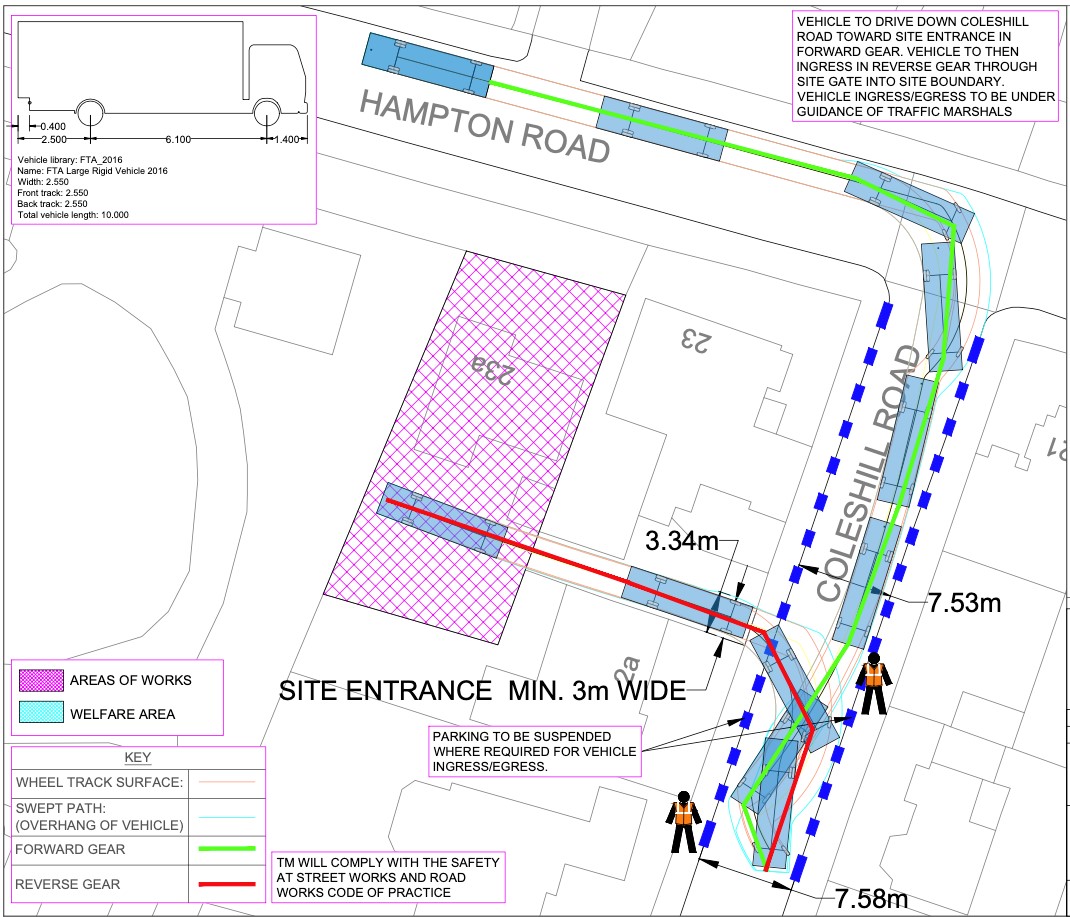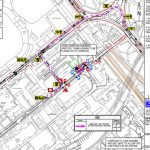Optimal Traffic Flow with Swept Path Analysis
Optimal Traffic Flow with Swept Path Analysis
Swept Path Analysis - when it comes to ensuring smooth traffic flow, every detail matters. Whether it's a busy intersection, a construction site, or a crowded car park, understanding the movement of vehicles is crucial. That's where swept path analysis comes into play.
Our swept path analysis is a sophisticated technique that allows professionals to simulate and analyse the movements of vehicles within a given space. By considering factors such as vehicle dimensions, turning radius, and maneuvering capabilities, designers can accurately predict potential conflicts and identify design flaws.
What is swept path analysis?
Swept path analysis is a sophisticated technique that allows professionals to simulate and analyse the movements of vehicles within a given space. It takes into account various factors such as vehicle dimensions, turning radius, and maneuvering capabilities to accurately predict potential conflicts and identify design flaws.
To conduct swept path analysis, our designers use specialised software that utilises mathematical algorithms to calculate the path of a vehicle's tires as it moves through a specified area. This analysis provides valuable insights into how different vehicles navigate a particular space, helping experts make informed decisions when it comes to traffic planning and design.
Importance of swept path analysis in traffic management
Swept path analysis plays a crucial role in traffic planning by ensuring that roads, intersections, and parking lots are designed to accommodate the movement of vehicles efficiently. By accurately predicting the paths taken by different types of vehicles, our designers can identify potential bottlenecks and make necessary adjustments to optimise traffic flow.
One of the key benefits of swept path analysis is its ability to minimise conflicts between vehicles. By analysing the paths of various vehicles, our designers can identify potential collision points and design appropriate measures to avoid them. This is especially important in high-traffic areas where vehicles of different sizes and types need to coexist safely.
Moreover, swept path analysis allows traffic planners to consider the needs of pedestrians and cyclists. By analyzing the paths taken by vehicles, designers can create dedicated spaces for pedestrians and cyclists, ensuring their safety and comfort while optimising traffic flow.
Benefits of using our swept path analysis services
The use of swept path analysis software offers numerous benefits to traffic designers and designers. Firstly, it allows for accurate and efficient analysis of vehicle movements, saving both time and resources. With the help of advanced algorithms, our designers can quickly generate detailed simulations and identify potential issues in the design phase itself.
Additionally, swept path analysis software provides valuable data for decision-making. By analysing the movement of vehicles, designers can determine the most efficient layout for traffic lights, diversions and lane closures. This data-driven approach helps minimise the need for costly modifications after construction, saving both time and money.
Furthermore, swept path analysis software enables our designers to visualise the impact of different design scenarios. By creating multiple simulations, we can compare and evaluate the effectiveness of various design options, allowing for more informed decision-making.
How swept path analysis helps in designing traffic management.
Efficient traffic management is vital for maintaining smooth traffic flow and safety. Swept path analysis plays a crucial role in designing these critical elements of road works. We can simulate vehicles from bicycles all the way up to heavy cranes and articulated lorries.
When designing traffic management systems, our designers use swept path analysis to determine the appropriate lane widths, turning radii, and clearances required for different types of vehicles. By considering factors such as the largest expected vehicle, the analysis ensures that all vehicles can navigate passed the works/ event safely.
Our designers can optimise the layout to minimise conflicts and maximise the efficiency of traffic flow. This includes designing appropriate turning radii, signal phasing, and lane configurations to ensure smooth and safe vehicle movements.






Comments are closed.